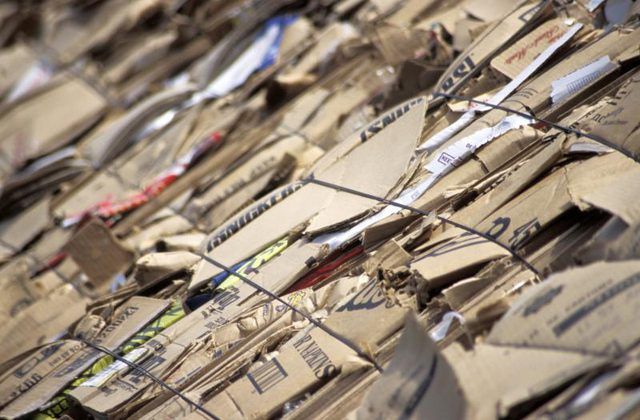Bulbs
Flower Basics
Flower Beds & Specialty Gardens
Flower Garden
Garden Furniture
Garden Gnomes
Garden Seeds
Garden Sheds
Garden Statues
Garden Tools & Supplies
Gardening Basics
Green & Organic
Groundcovers & Vines
Growing Annuals
Growing Basil
Growing Beans
Growing Berries
Growing Blueberries
Growing Cactus
Growing Corn
Growing Cotton
Growing Edibles
Growing Flowers
Growing Garlic
Growing Grapes
Growing Grass
Growing Herbs
Growing Jasmine
Growing Mint
Growing Mushrooms
Orchids
Growing Peanuts
Growing Perennials
Growing Plants
Growing Rosemary
Growing Roses
Growing Strawberries
Growing Sunflowers
Growing Thyme
Growing Tomatoes
Growing Tulips
Growing Vegetables
Herb Basics
Herb Garden
Indoor Growing
Landscaping Basics
Landscaping Patios
Landscaping Plants
Landscaping Shrubs
Landscaping Trees
Landscaping Walks & Pathways
Lawn Basics
Lawn Maintenance
Lawn Mowers
Lawn Ornaments
Lawn Planting
Lawn Tools
Outdoor Growing
Overall Landscape Planning
Pests, Weeds & Problems
Plant Basics
Rock Garden
Rose Garden
Shrubs
Soil
Specialty Gardens
Trees
Vegetable Garden
Yard Maintenance
How Long Does Cardboard Take to Decompose?
How Long Does Cardboard Take to Decompose?. Cardboard, unless specifically treated, is relatively biodegradable. Given time, microorganisms and other decomposers will break the fibers of the cardboard down and produce soil. The rate at which this happens depends on a number of factors, including the type of cardboard being discussed, the state of...
Overview

Cardboard Overview
Cardboard is relatively biodegradable. Given time, microorganisms and other decomposers will break the fibers of the cardboard down and produce soil. The rate at which this happens depends on a number of factors, including the type of cardboard, the state of the cardboard at the beginning of the decomposition process and the nature of the surroundings.
Types of Cardboard
Heavily processed cardboard, such as juice or milk cartons, is coated with a wax or similar substance to prevent leakage. These will decompose, given about five years, but their resistance to water will significantly prolong the process. Corrugated cardboard will break down significantly more quickly.
State of the Cardboard
The farther along toward being "broken down" a piece of cardboard is when decomposition begins, the faster the process will be completed. Ripping or shredding a piece of cardboard and mixing these pieces with viable soil will result in much faster biodegradation. The more surface area the cardboard has exposed to water and biological decomposers, the more efficiently these decomposers can take the cardboard apart.
Surrounding Environment
Different environmental conditions will affect the decomposition process, notably moisture, heat and the presence of other biological materials. The wetter, the better -- decomposing life forms thrive in moist soil. But no matter how wet, nothing will break down in complete sterility. There must be a thriving ecosystem within the soil itself to quickly decompose cardboard.
Bottom Line
In inhospitable conditions -- dry, removed from soil, cold or stacked tightly in sheets with little surface exposed to the elements -- cardboard can remain undecomposed for years. Unless conditions are truly sterile, microorganisms will eventually work their way in and break it down, but this can be a very slow process. In more typical garden conditions -- when a piece of cardboard is used as mulch or specifically shredded and soaked to decompose efficiently -- biodegradation occurs quickly, with the majority of cardboard completely broken down within three months.